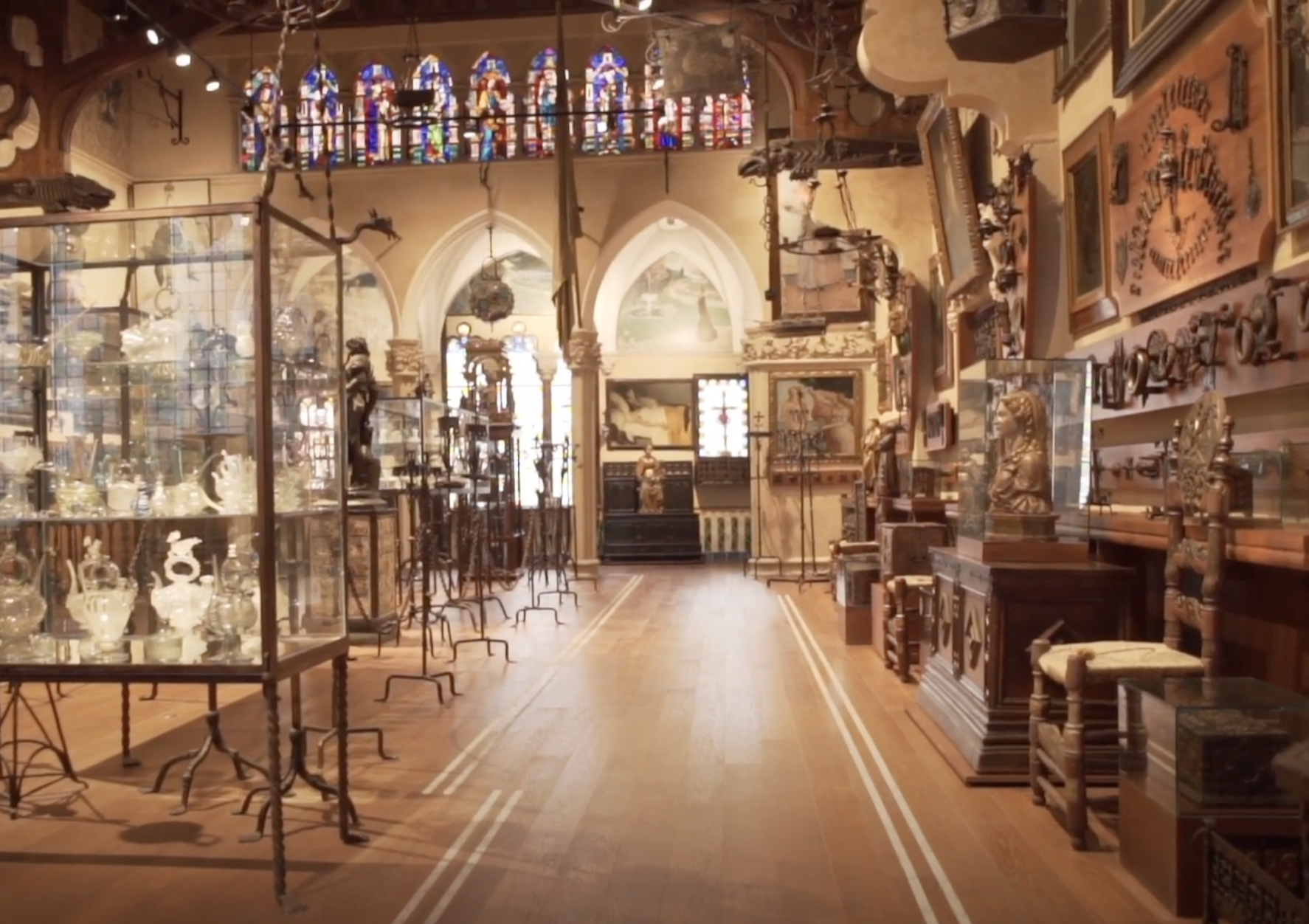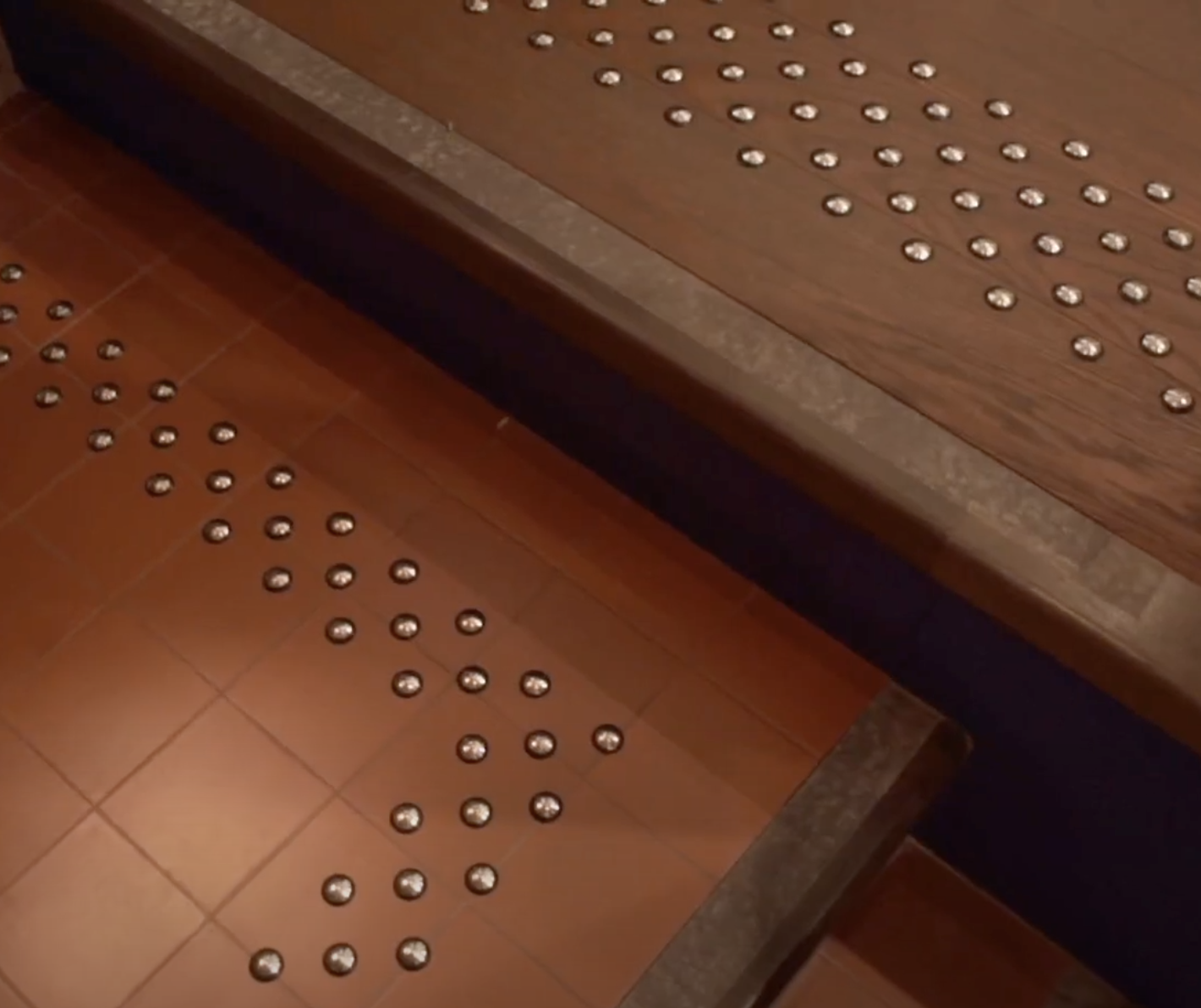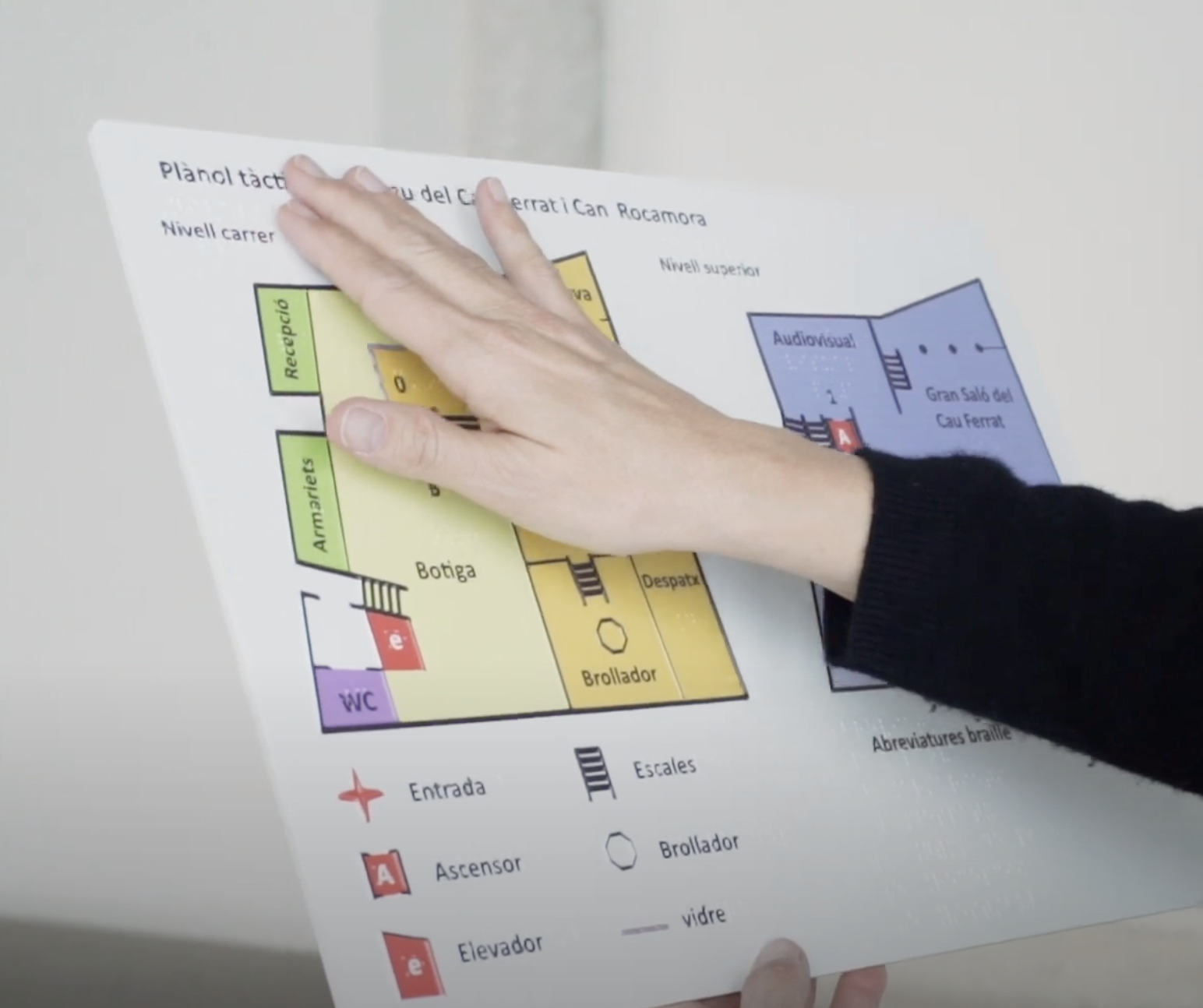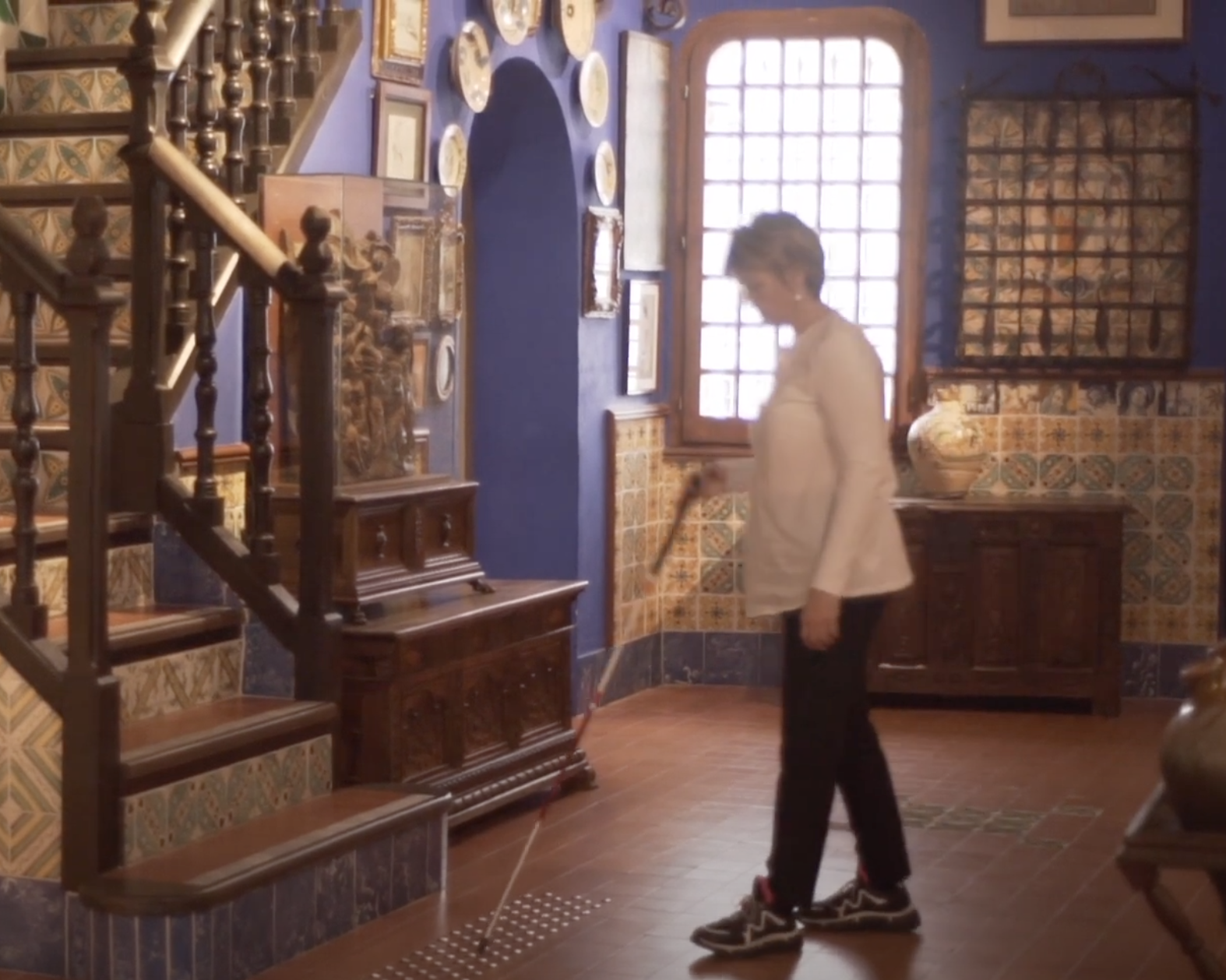
CAU FERRAT MUSEUM
The Cau Ferrat is a museum in Sitges, a coastal town near Barcelona. It was the home and workshop of the artist and writer Santiago Rusiñol (1861-1931), one of the outstanding figures of Modernism in Catalonia.
It contains the collections of ancient art gathered by the artist (paintings, wrought iron, ceramics, glass, archaeological pieces, sculpture and furniture) as well as modern art (paintings, drawings, sculpture), with works by Rusiñol, El Greco and Picasso, among others.
The challenge was to translate the accessibility regulations required following the official MUSA audit and adapt them to this protected heritage site. Our mission was to meet the visitor’s safety and inclusion needs with invisible accessibility.
More info in our video AccessLab at the Cau Ferrat Museum and our article A more accessible Cau Ferrat
- Location: Sitges (Barcelona)
- Completed: 2021
- Client: Consorci del Patrimoni de Sitges – Cau Ferrat
- Area: Museums
| PROBLEM | SOLUTION |
|---|---|
| Up and down stairs and lifts signage | Podotactile studs to indicate beginning and end of stairs and entrance to lifts |
| Slipping on stairs | Non-slip adhesive tape on all stairs |
| Proximity to “dangerous” objects | Limiting space in a visually and tactile way by adding a double line of non-slip adhesive tape on the floor where necessary |
| Communicating with hard of hearing visitors | • Portable induction loops at reception and shop counters • Individual magnetic necklace loops on loan |
| Finding one’s way around multiple levels, sublevels and buildings | • Signage in the lift and by every lift door listing the different levels, what they contain, and also the current level • Double signage on stair banisters to indicate you where you are and where the stairs take you to • General orientation map on loan, which includes contrasting colors, large print, braille and a raised image design |
| User experience could be improved with material on loan at the reception | • Magnetic necklace loops to follow the guide’s explanations better • Monocular lenses to improve viewing for people with poor vision, allow sighted visitors to view objects in more detail and make distant objects visible to people in wheelchairs • Inclusive general orientation map |
| Signage on lockers | • Adding braille labels with the number on lockers and keys • Reserving the most accessible lockers for people in wheelchairs by sticking a pictogram on them |
| Lack of engagement | • Working together with the museum staff and caring about their needs • Training them on how to assist people with disabilities • Sharing the final results with them, both on site and online as we were walking que museum, so that everybody could assist |
For more information, take a look at our video AccessLab at the Cau Ferrat Museum (https://www.youtube.com/watch?v=oyerJeVTHnI) or read our article A more accessible Cau Ferrat (https://museusdesitges.wordpress.com/2021/02/23/un-cau-ferrat-mes-accessible/)



Contact
Mònica Surís
Phone
+34 667 419 131
Skype
monicasuris
